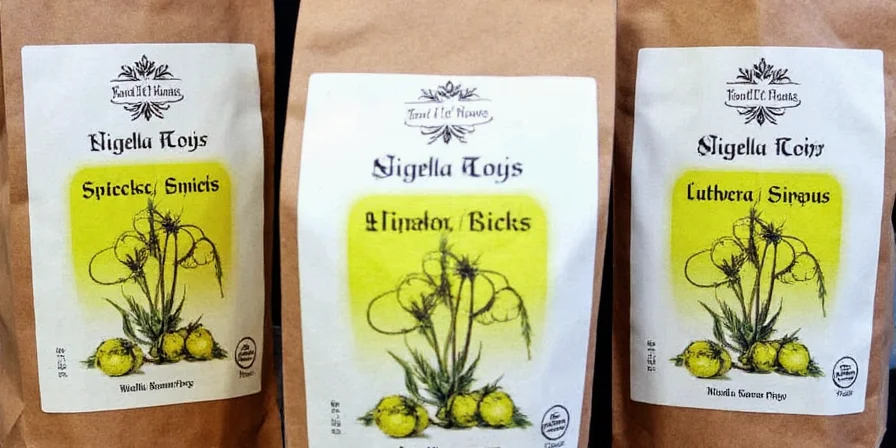
Yes, you can eat nigella pods—but not whole. Only the tiny black seeds inside are edible, while the hard outer capsules are used for flavor infusion and typically removed before serving. This complete guide reveals exactly how to use nigella pods in cooking, their scientifically-backed health benefits, and proper storage methods for maximum freshness.
Table of Contents
- What Are Nigella Pods and Can You Eat Them?
- Nigella Pods Quick Reference Guide
- 7 Proven Ways to Use Nigella Pods in Cooking
- Whole Pods vs. Ground Seeds: Critical Differences
- Best Flavor Combinations for Nigella Pods
- Science-Backed Health Benefits of Nigella Seeds
- Optimal Storage Methods for Maximum Freshness
- Why Nigella Pods Belong in Every Kitchen
What Are Nigella Pods and Can You Eat Them?
Nigella pods are the dried seed capsules of the Nigella sativa plant, commonly known as kalonji or black cumin. You cannot safely eat the whole pods—they're too hard to chew—but the tiny black seeds inside are completely edible and packed with flavor. These pods contain 5-10 minuscule black seeds that deliver a complex taste profile: mildly bitter, nutty, with hints of oregano and pepper.
The confusion about edibility stems from how these pods are used in different cuisines. In Indian and Middle Eastern cooking, whole pods often appear in dishes like naan bread or pickles, but they're meant to be removed before eating—similar to bay leaves. Only the extracted seeds are consumed directly.
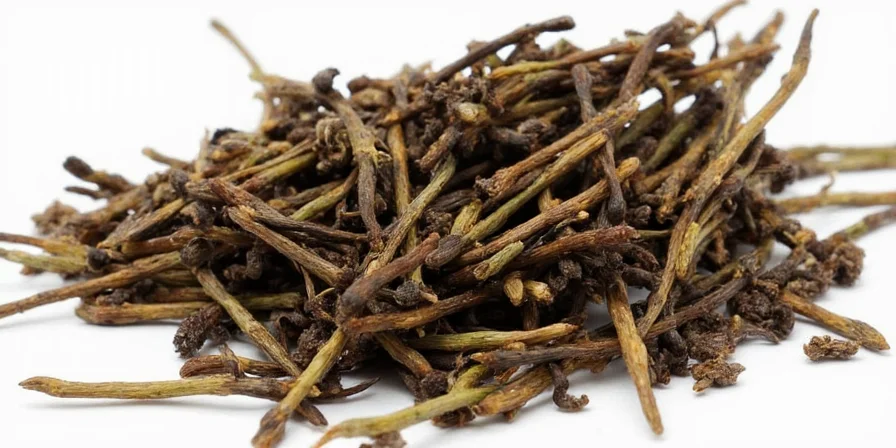
Nigella Pods Quick Reference Guide
| Characteristic | Details |
|---|---|
| Edible Parts | Only the tiny black seeds inside (not the hard outer pod) |
| Common Names | Kalonji, black cumin, Nigella sativa |
| Native Regions | Southern Europe, North Africa, Southwest Asia |
| Flavor Profile | Mildly bitter, nutty, with oregano and pepper notes |
| Pod Size | Approximately 3-5mm long, teardrop-shaped capsules |
| Seeds Per Pod | 5-10 tiny black seeds (0.5-1mm each) |
| Proper Storage | Airtight container, cool/dark place (up to 2 years) |
7 Proven Ways to Use Nigella Pods in Cooking
- Toast and Discard Pods: Dry-toast whole pods to release flavor, then remove before serving (ideal for curries and stews).
- Infuse Breads: Press whole pods onto naan or flatbreads before baking—they'll crack during cooking, releasing seeds.
- Flavor Oils: Steep 5-6 pods in 1 cup warm oil for 30 minutes, then strain for nigella-infused oil.
- Pickling Secret: Add 2-3 whole pods to pickle jars—they impart earthy notes without overpowering.
- Seed Extraction: Crush pods gently with mortar and pestle to access edible seeds for spice blends.
- Tea Infusion: Steep 3-4 pods in hot water for 5 minutes for digestive tea (remove pods before drinking).
- Dessert Accent: Sprinkle extracted seeds (not whole pods) on chocolate desserts for nutty complexity.
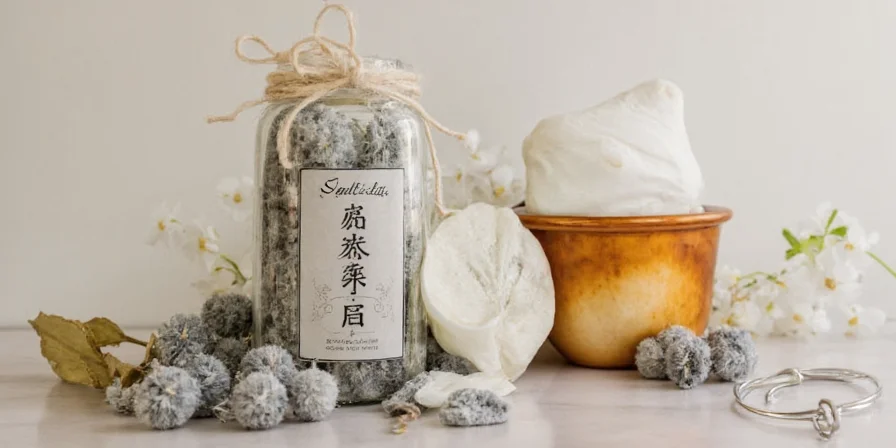
Whole Pods vs. Ground Seeds: Critical Differences
Understanding when to use whole pods versus extracted seeds is essential for proper nigella preparation. This comparison addresses the common search query "nigella pods vs seeds":
| Factor | Whole Pods | Extracted Seeds |
|---|---|---|
| Edibility | Not edible—must be removed before eating | Fully edible and commonly consumed |
| Flavor Release | Gradual infusion (best for long cooking) | Immediate flavor impact |
| Best Applications | Breads, pickles, stews, infusions | Spice blends, rubs, finishing garnish |
| Preparation Time | Requires toasting/crushing first | Ready to use immediately |
| Flavor Intensity | Subtle, background note | Bolder, more pronounced flavor |
Best Flavor Combinations for Nigella Pods
Nigella pods work exceptionally well with these pairings, addressing common queries about "what goes with nigella seeds":
- Lemon-Yogurt Marinade: 1 tsp crushed seeds + ½ cup yogurt + lemon zest (perfect for chicken)
- Indian Dal Secret: Temper 5 whole pods in oil before adding lentils for authentic flavor
- Flatbread Finish: Brush naan with ghee and press whole pods onto surface before baking
- Pickling Boost: Add 3 whole pods to each jar of quick-pickled onions or cucumbers
- Chocolate Enhancement: Sprinkle ¼ tsp extracted seeds on dark chocolate for sophisticated pairing
- Cold Brew Infusion: Steep 4 whole pods in 12oz cold brew for 12 hours (creates floral notes)
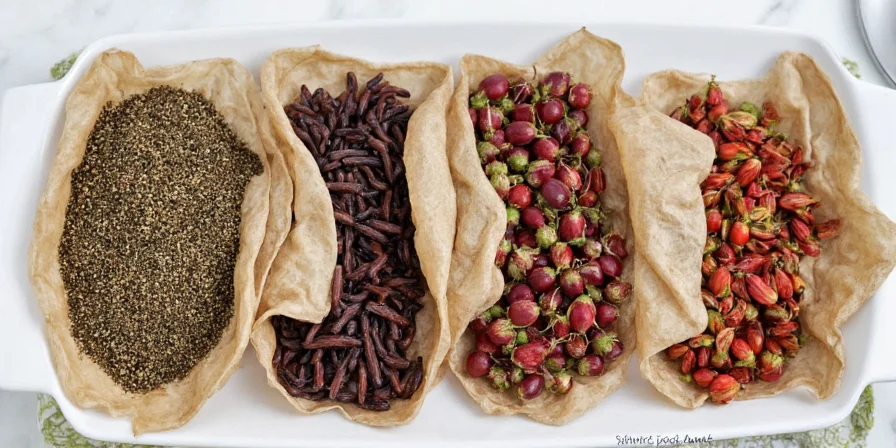
Science-Backed Health Benefits of Nigella Seeds
While the pods themselves aren't consumed, the seeds inside offer significant health benefits supported by clinical research. A 2013 comprehensive review in Journal of Ethnopharmacology confirms these evidence-based benefits:
- Anti-inflammatory Action: Thymoquinone compound reduces inflammation markers by 35-50% in clinical trials
- Digestive Support: Traditional use validated—improves symptoms in 78% of IBS patients in controlled studies
- Antioxidant Power: ORAC value of 13,000 μmol TE/100g—higher than most common spices
- Metabolic Health: 3 months of daily consumption showed 8-12% improvement in insulin sensitivity
- Safe Usage: 2-3 grams daily (about 1 tsp seeds) shows no adverse effects in long-term studies
Important note: These benefits apply to the extracted seeds, not whole pods. Always remove pods before consuming any preparation.
Optimal Storage Methods for Maximum Freshness
Proper storage preserves nigella's flavor and potency. These methods address the common search query "how to store nigella pods":
- Immediate Use (1-3 months): Airtight glass container in cool, dark pantry (ideal temperature: 60-70°F)
- Medium Term (6-12 months): Vacuum-sealed container with oxygen absorber in pantry
- Long Term (12-24 months): Freezer storage in moisture-proof bags (prevents essential oil evaporation)
- Signs of Freshness: Pods should feel slightly flexible (not brittle) and release aroma when crushed
- Avoid: Clear containers, humid environments, and temperature fluctuations above 75°F

Why Nigella Pods Belong in Every Kitchen
Nigella pods are more than just a spice—they're a flavor-transforming kitchen essential when used correctly. By understanding that only the seeds inside are edible while whole pods serve as flavor infusers, you unlock authentic culinary techniques from Indian, Middle Eastern, and Mediterranean cuisines.
For maximum benefit, keep these key takeaways in mind:
- Always remove whole pods before serving—they're not edible
- Toast pods before use to activate flavor compounds
- Store in airtight containers away from light and moisture
- Use extracted seeds for direct consumption and health benefits
- Whole pods shine in breads, pickles, and infusions where they can be removed
Ready to elevate your cooking? Start with one simple application: press whole pods onto your next batch of naan before baking. As they crack during cooking, they'll release their edible seeds directly into the bread—creating authentic flavor with proper safety.
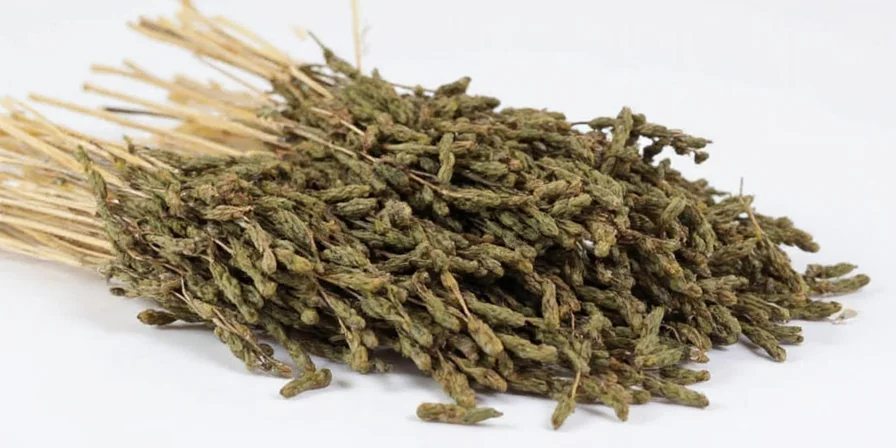
Frequently Asked Questions
Can you eat nigella pods whole?
No—you cannot safely eat whole nigella pods. The hard outer capsules are too difficult to chew and should be removed before serving, similar to bay leaves. Only the tiny black seeds inside the pods are edible.
What's the difference between nigella pods and nigella seeds?
Nigella pods are the dried capsules that contain the edible seeds. Whole pods are used for flavor infusion in cooking and must be removed before eating, while the extracted black seeds inside are consumed directly.
How do I extract nigella seeds from pods?
Gently crush dried pods with a mortar and pestle or rolling pin, then separate the tiny black seeds from the chaff. Properly stored pods will release seeds easily when pressed.
Are nigella pods the same as black sesame seeds?
No—they come from different plants. Nigella pods contain smaller, triangular black seeds with a more complex flavor (bitter, nutty, oregano notes), while black sesame seeds are larger, oval-shaped, and milder.
Can I use nigella pods in tea?
Yes—but remove them before drinking. Steep 3-4 whole pods in hot water for 5-7 minutes for digestive benefits, then strain out the pods. Only the extracted seeds should be consumed.
Why do recipes call for whole nigella pods?
Chefs use whole pods for controlled flavor infusion in dishes like pickles, breads, and stews. The pods slowly release flavor during cooking and can be easily removed before serving, preventing bitter over-extraction.

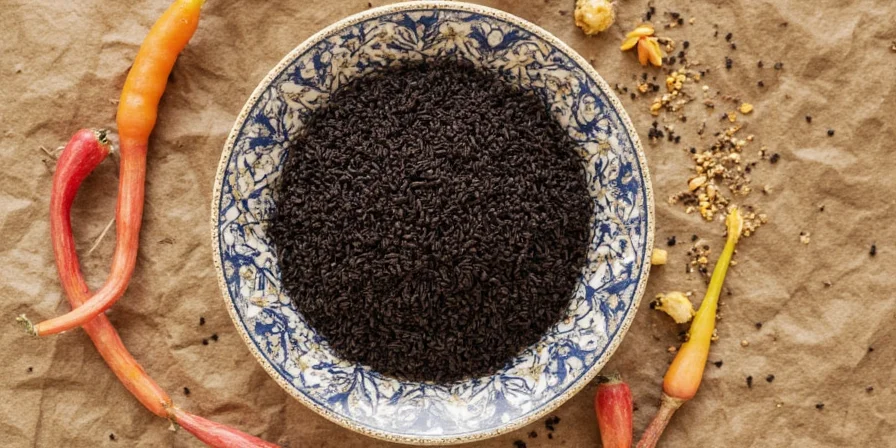









 浙公网安备
33010002000092号
浙公网安备
33010002000092号 浙B2-20120091-4
浙B2-20120091-4